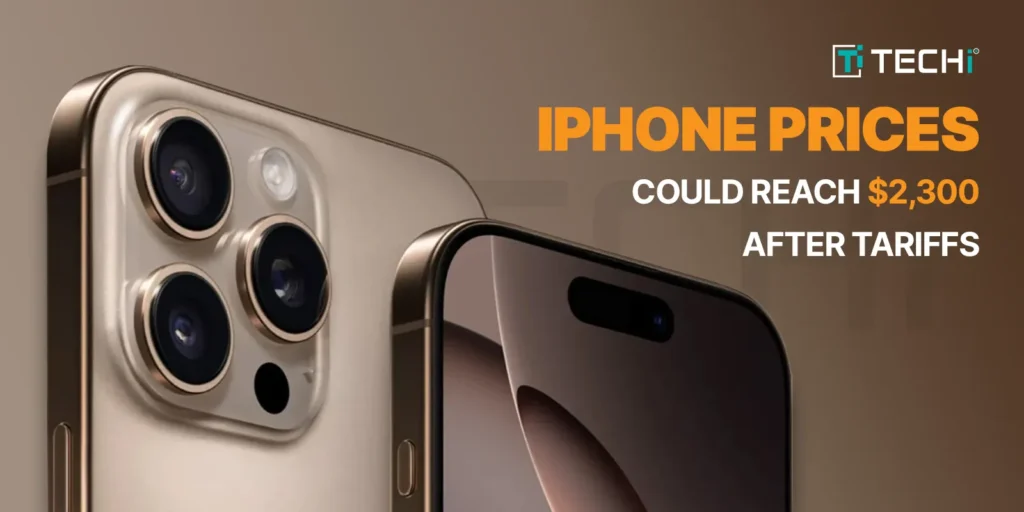In recent months, speculation has swirled around potential price hikes on consumer electronics—especially iPhones—following former President Donald Trump’s renewed calls for steep tariffs on Chinese goods. With Trump suggesting tariffs as high as 60% on imports from China, many are wondering: Could an iPhone really cost $2,300 under such a policy?
The Tariff Threat
Trump’s campaign rhetoric has included promises to impose significant tariffs on Chinese imports if he returns to the White House. These tariffs, intended to pressure China and bring manufacturing back to the U.S., would affect a wide array of products—including electronics, which are heavily reliant on Chinese manufacturing and components.
Apple, in particular, is in the spotlight. The tech giant assembles the vast majority of its iPhones in China through partnerships with companies like Foxconn. If high tariffs were enacted, Apple could be forced to absorb massive new costs—or pass those costs on to consumers.
Could the iPhone Really Hit $2,300?
Let’s do some rough math.
A high-end iPhone Pro Max currently costs around $1,200. If a 60% tariff were applied directly to that price (assuming Apple did not shift production or receive any exemptions), the cost could rise to nearly $2,000 before tax. Add in sales tax, possible markup to maintain Apple’s margins, and you’re suddenly flirting with the $2,300 mark.
But this scenario assumes several things:
- No supply chain adjustments. Apple could mitigate costs by shifting more assembly to countries like India or Vietnam—something it has already begun doing.
- Full cost transfer to consumers. Apple might choose to absorb some of the tariffs to stay competitive.
- No consumer backlash. At a $2,300 price point, demand could plummet, forcing Apple to rethink its strategy.
Apple’s Response: Global Diversification
Apple has long been aware of its China dependency risk. Since the trade war under Trump’s first term, Apple has started diversifying its supply chain. India, in particular, has become a growing hub for iPhone assembly. If Apple ramps up this transition, the company could largely avoid the worst effects of new tariffs.
Political and Economic Realities
Even if Trump wins reelection and follows through on tariffs, it’s unlikely that they would be imposed overnight or without opposition. U.S. businesses, lobbyists, and even some Republicans are wary of the economic fallout of a full-blown trade war.
Moreover, inflationary pressure from massive consumer price hikes could undermine any administration’s popularity. A $2,300 iPhone is not just a tech issue—it’s a political landmine.
While the idea of a $2,300 iPhone makes for dramatic headlines, the reality is more nuanced. Yes, steep tariffs on Chinese goods could significantly raise prices. But Apple has options—and incentives—to avoid passing the full cost to consumers. Still, if such policies come to pass, American shoppers may soon feel the pinch not just in their wallets, but in their pockets too.
Bottom line: A $2,300 iPhone isn’t impossible—but it’s unlikely. What is likely? A bumpy road ahead for tech pricing if tariff tensions reignite.




